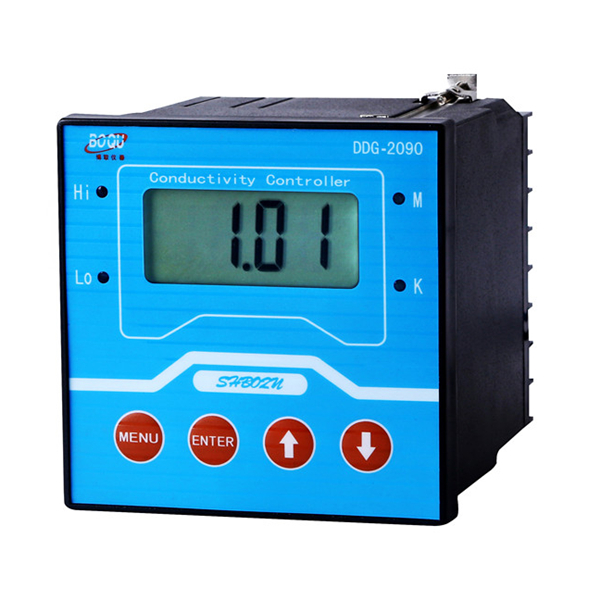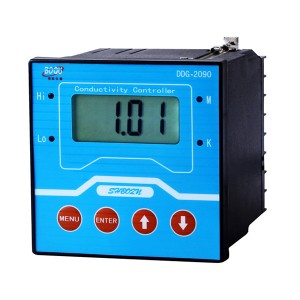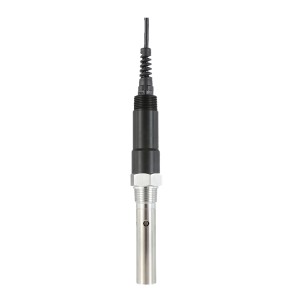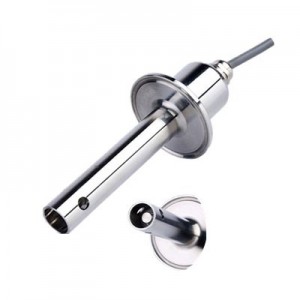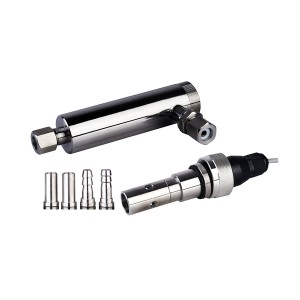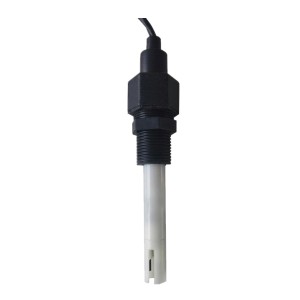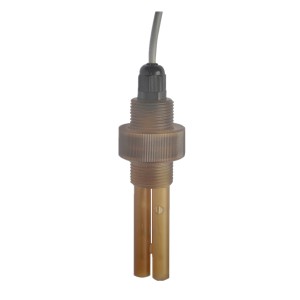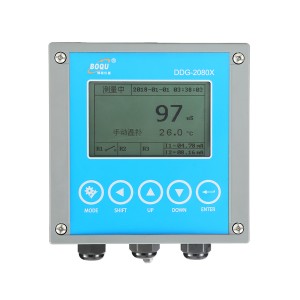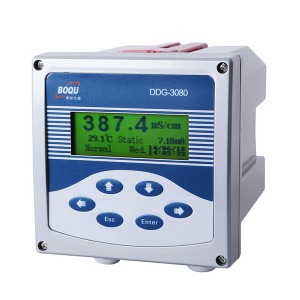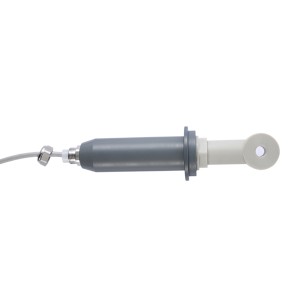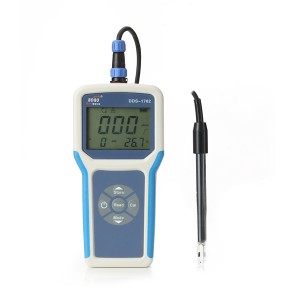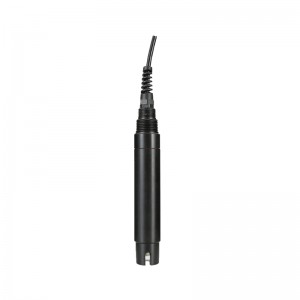Features
DDG-2090 series of microcomputer-based industrial control instruments are precision meters for measurement of conductivity or resistivity of solution. With complete functions, stable performance, simple operation and
other advantages, they are optimal instruments for industrial measurement and control.
The advantages of this instrument include: LCD display with back light and display of errors; automatic temperature compensation; isolated 4~20mA current output; dual relay control; adjustable delay; alarming with
upper and lower thresholds; power-down memory and over ten years of data storage without backup battery.
According to the range of resistivity of the water sample measured, the electrode with a constant k = 0.01, 0.1, 1.0 or 10 can be used by means of flow-through, immerged, flanged or pipe-based installation.
|
Measuring range:0-2000us/cm(Electrode: K=1.0) |
|
Resolution: 0.01us/cm |
|
Precision: 0.01us/cm |
|
Stability: ≤0.02 us/24h |
|
Standard solution: Any standard solution |
|
Control range: 0-5000us/cm |
|
Temperature compensation: 0~60.0℃ |
|
Output signal: 4~20mA isolated protection output, Can double the current output. |
|
Output control mode: ON/OFF relay output contacts (two sets) |
|
Relay load: Max. 230V, 5A(AC); Min. l l5V, 10A(AC) |
|
Current output load: Max. 500Ω |
|
Working voltage: AC 110V ±l0%, 50Hz |
|
Overall dimension: 96x96x110mm; dimension of the hole: 92x92mm |
|
Working condition: ambient temperature: 5~45℃ |
Conductivity is a measure of water’s capability to pass electrical flow. This ability is directly related to the concentration of ions in the water
1. These conductive ions come from dissolved salts and inorganic materials such as alkalis, chlorides, sulfides and carbonate compounds
2. Compounds that dissolve into ions are also known as electrolytes 40. The more ions that are present, the higher the conductivity of water. Likewise, the fewer ions that are in the water, the less conductive it is. Distilled or deionized water can act as an insulator due to its very low (if not negligible) conductivity value 2. Sea water, on the other hand, has a very high conductivity.
Ions conduct electricity due to their positive and negative charges
When electrolytes dissolve in water, they split into positively charged (cation) and negatively charged (anion) particles. As the dissolved substances split in water, the concentrations of each positive and negative charge remain equal. This means that even though the conductivity of water increases with added ions, it remains electrically neutral 2
Conductivity Theory Guide
Conductivity/Resistivity is a widely used analytical parameter for water purity analysis, monitoring of reverse osmosis, cleaning procedures, control of chemical processes, and in industrial wastewater. Reliable results for these varied applications depend on choosing the right conductivity sensor. Our complimentary guide is a comprehensive reference and training tool based on decades of industry leadership in this measurement.

